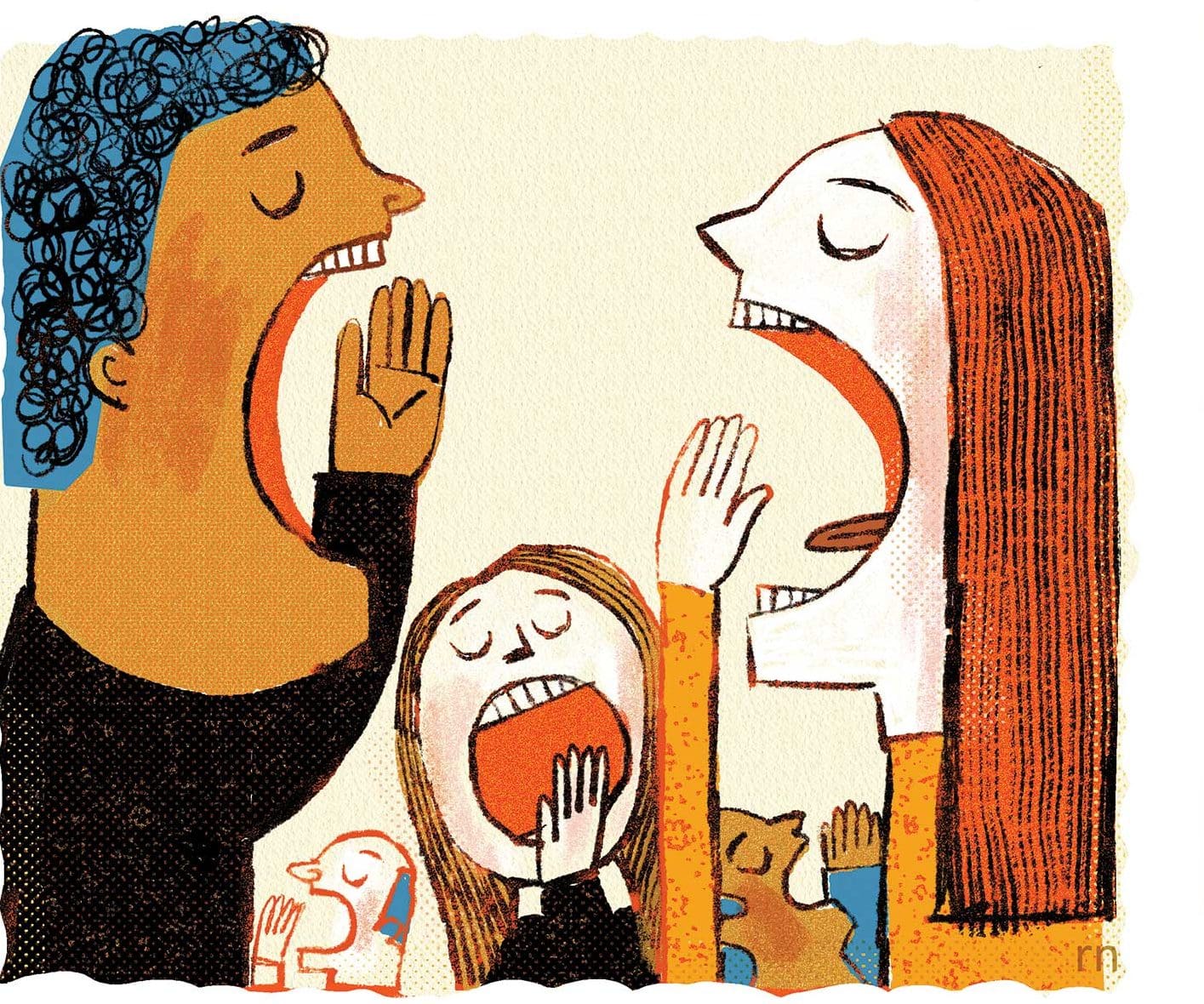
Andrew Gallup is a teaching professor in the David S. Olton Program in Behavioral Biology. His research on yawning—including why it is contagious in humans, and its counterintuitive effect of heightening alertness—is altering our view of an important everyday phenomenon.
Yawning is perceived in many contexts as rude. Is that a bad rap for an activity you have found so central to being human?
It’s really interesting that it carries this stigma. And yawning at the wrong place and wrong time can have highly negative consequences. There’s one case of an individual yawning during court proceedings [in Illinois] and being sentenced to the highest level of contempt, which carried a maximum sentence of six months in prison.
Other types of reflexive, uncontrollable responses don’t carry the same meaning or stigma. Certainly, coughing or sneezing create a negative response, but as long as you try and cover your mouth and minimize the spread of any particles, it’s OK. But God forbid you yawn in an important meeting or around the wrong person. They really take offense—and interpret it as an indicator that you are bored, or a sign of disrespect.
There is some basis for yawning being linked to low levels of stimulation and boredom. There are empirical papers that demonstrate yawning is more common when people are bored. But yawning also occurs under a variety of other contexts. For example, Olympic athletes have been well-documented to yawn with great frequency just before the most important event of their life. Surely, they’re not bored.
So, this interpretation of yawning is highly misguided. And it’s counterproductive. The idea that people should try and stifle yawns when they arrive in academic settings or business settings even could be potentially negative. This is true in the sense that yawning is an adaptive response, a neurophysiological response. By blocking that response, you are inhibiting the homeostatic processes that yawns try to regulate and control. So it could be counterproductive in these group settings, even though the social evaluation of yawning is to try and keep it at a minimum.





